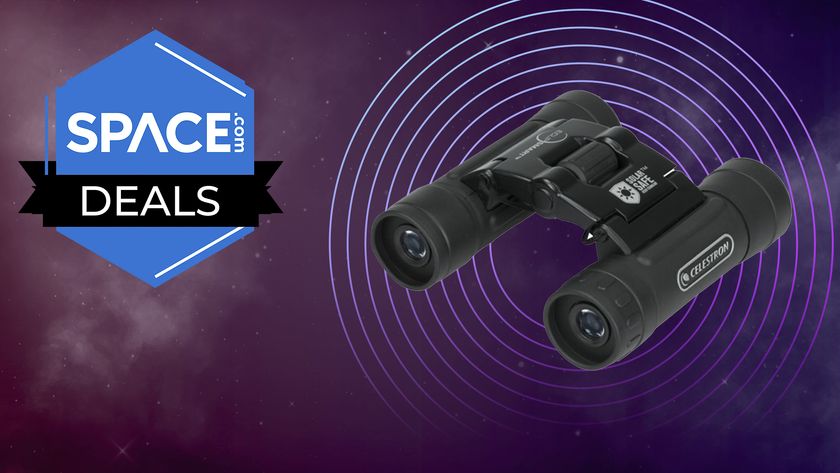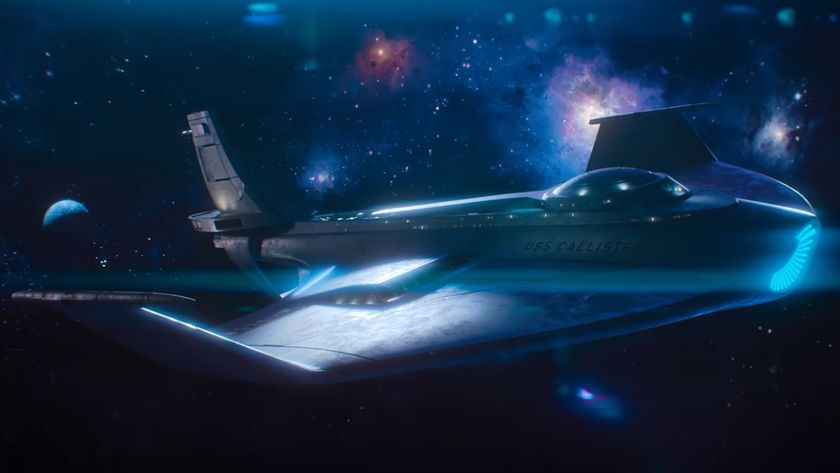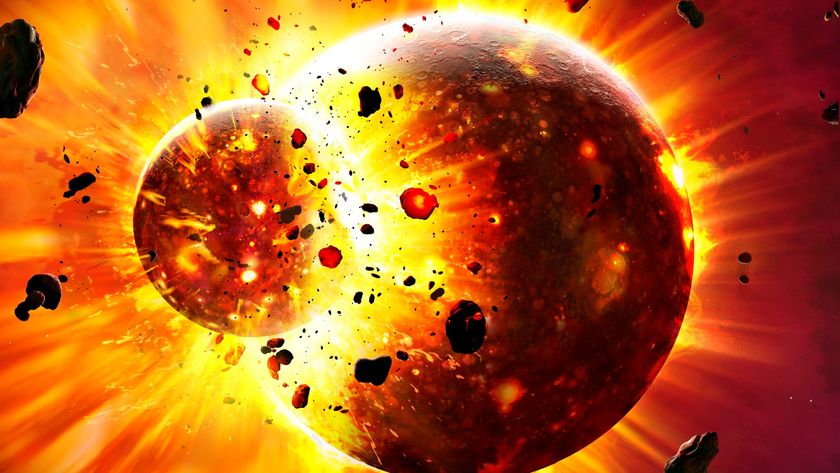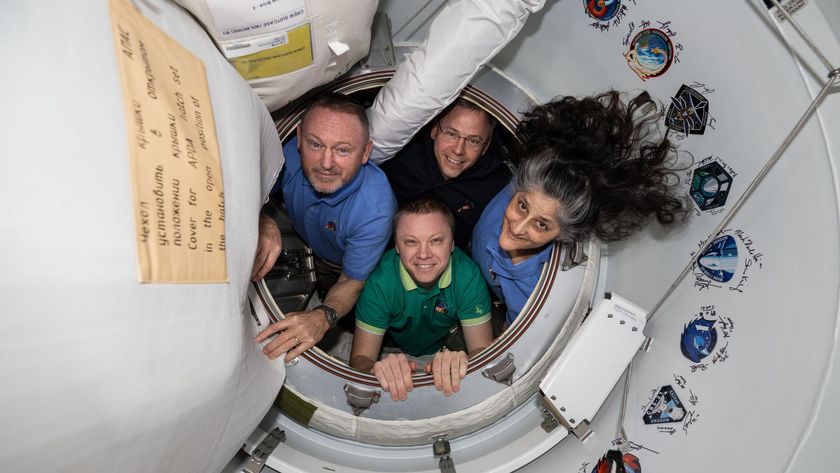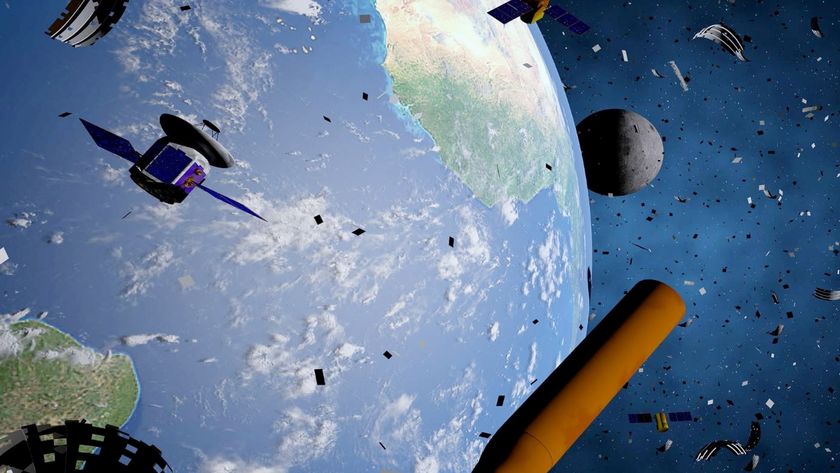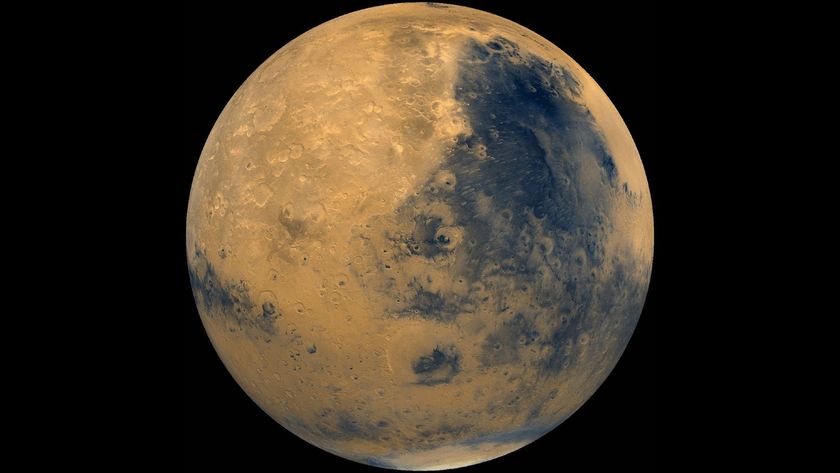This Martian Landscape Looks Like the American Desert

A panoramic view from the surface of Mars shows brown and copper-colored plateaus and buttes, reminiscent of desert regions in the southwest United States.
NASA's Curiosity Rover took this panorama on Aug. 5, the fourth anniversary of its nail-biting landing on the Red Planet. The view is comprised of more than 130 images taken by the rover's Mast Camera (Mastcam), according to a statement from NASA.
The flat region in the foreground of the image is known as the Murray formation, while the collection of buttes a little further ahead is informally known as Murray Buttes. The region was named after planetary scientist Bruce Murray, a former director of NASA's Jet Propulsion Laboratory (JPL), who passed away in 2013. (The Curiosity mission is managed by JPL).
The buttes are eroded sandstone formations that sit on top of lower Mount Sharp (the distant bump on the left-side of the image is upper Mount Sharp). The formations are now covered in a layer of rock that keeps them fairly well preserved, the statement said. Curiosity studied the softer layer of sandstone, called the Stimson formation, earlier this year. The flat Murray formation, formed from "lakebed mud deposits," according to the statement.
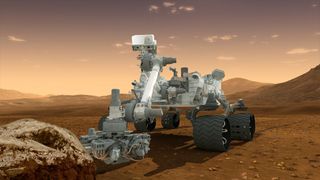
For a sense of scale, the wide plateau to the left of Curiosity's robotic arm is about 300 feet (90 meters) from the rover. The mesa is about 50 feet (15 meters) tall, while the horizontal ridge that runs horizontal across the top is about 200 feet (60 meters) long. To see the rover's location when this image was taken, check out this aerial map of its route.
Curiosity's primary mission goal was to study the surface of Mars and look for signs that it may have once been hospitable to life. In its extended mission, the rover is looking for clues as to how this portion of lower Mount Sharp evolved from a (possibly) hospitable water environment to its current, inhospitable condition.
Follow Calla Cofield @callacofield.Follow us @Spacedotcom, Facebook and Google+. Original article on Space.com.
Get the Space.com Newsletter
Breaking space news, the latest updates on rocket launches, skywatching events and more!
Join our Space Forums to keep talking space on the latest missions, night sky and more! And if you have a news tip, correction or comment, let us know at: community@space.com.

Calla Cofield joined Space.com's crew in October 2014. She enjoys writing about black holes, exploding stars, ripples in space-time, science in comic books, and all the mysteries of the cosmos. Prior to joining Space.com Calla worked as a freelance writer, with her work appearing in APS News, Symmetry magazine, Scientific American, Nature News, Physics World, and others. From 2010 to 2014 she was a producer for The Physics Central Podcast. Previously, Calla worked at the American Museum of Natural History in New York City (hands down the best office building ever) and SLAC National Accelerator Laboratory in California. Calla studied physics at the University of Massachusetts, Amherst and is originally from Sandy, Utah. In 2018, Calla left Space.com to join NASA's Jet Propulsion Laboratory media team where she oversees astronomy, physics, exoplanets and the Cold Atom Lab mission. She has been underground at three of the largest particle accelerators in the world and would really like to know what the heck dark matter is. Contact Calla via: E-Mail – Twitter


